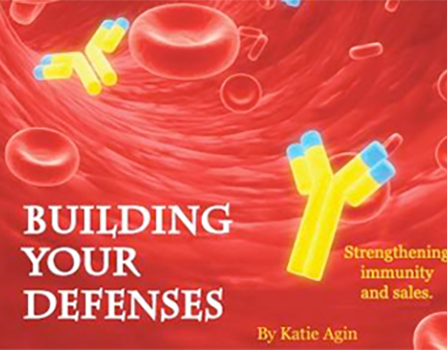Why “it runs in the family” may not apply as the focus on diabetes shifts toward prevention.
A spoonful of sugar makes the reality go down in a not-so-delightful way. No, you can’t catch diabetes; it doesn’t hold the impressive infectious characteristics of HIV or tuberculosis. But yet, the disease extends through the United States in epidemic proportions, with diabetes as the sixth leading cause of death on U.S. death certificates in 2006 (1). In 2007, the American Diabetes Association estimated that 23.6 million children and adults in the United States—7.8% of the population—have diabetes, with numbers probably rising in the last few years (2).
Diabetes is a disease in which the body has a shortage of or a decreased ability to use insulin, a hormone that allows glucose (sugar) to enter cells and be converted to energy. When this is not controlled, glucose and fats remain in the blood and begin to damage vital organs. Frederic J. Vagnini, M.D., FACS, author and consultant to Enzymatic Therapy, Green Bay, WI, says: “Diabetes is a devastating disease. It affects all organs and cells of the body because of oxidative damage, inflammation, glycosylation, and the high-glucose molecules causing glucose toxicity.” The Centers for Disease Control and Prevention confirms that diabetes is the leading cause of new cases of blindness, kidney failure and nontraumatic lower-extremity amputations among adults (1)...











